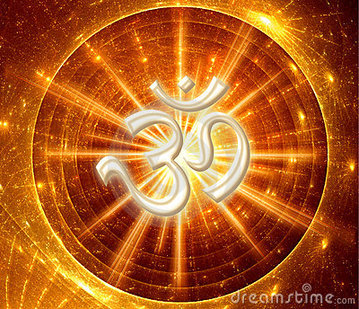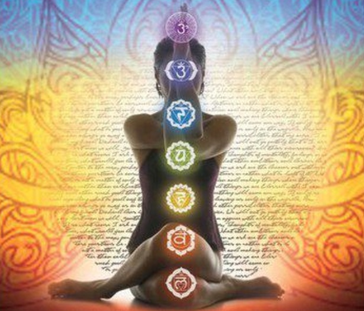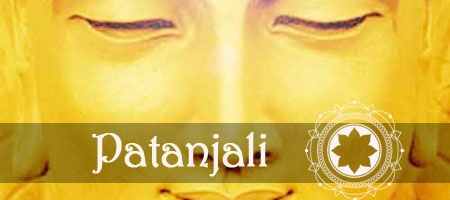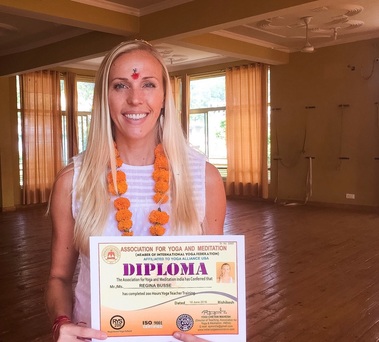Spandex & Downward Dog?
Yoga Reflections - Part I
Yoga Reflections - Part I
They say that to find comfort in the uncomfortable, is yoga. The ability to still and control your mind, is yoga. The union between mind and body, is yoga.
“Really? And I thought yoga was all about awkward poses, screaming muscles, new-age hippy rituals and those ever so tight, spandex leggings?”
I arrived in the "home of yoga", Rishikesh, India with the same understanding that many Westerners have of yoga. Sweaty gyms and small, mirrored studios brimming with stressed college students, exhausted mothers and multi-tasking businessmen and women all trying to find balance with 60 minutes of focused stretching and a few quick “Om’s”. What a naïve interpretation, as I now reflect.
“Really? And I thought yoga was all about awkward poses, screaming muscles, new-age hippy rituals and those ever so tight, spandex leggings?”
I arrived in the "home of yoga", Rishikesh, India with the same understanding that many Westerners have of yoga. Sweaty gyms and small, mirrored studios brimming with stressed college students, exhausted mothers and multi-tasking businessmen and women all trying to find balance with 60 minutes of focused stretching and a few quick “Om’s”. What a naïve interpretation, as I now reflect.

The truth is, yoga is more than ten thousand years old! It arose at the beginning of human civilization when mankind first realized their spiritual potential. Utilizing physical, vital, mental, emotional, psychic and spiritual methods, ancient sages developed and passed down techniques to help expand human consciousness. These traditions were passed on from guru (teacher) to disciple by secretive word of mouth, ensuring that only the sincerest of aspirants were privileged to receive the wisdom.
The first text on the subject of yoga didn’t arise until 2,500 years ago. “The Yoga-Sutras”, written by a philosopher named Patanjali. In it he defined yoga as chitta-vrtti-nirohdah, which means the cessation of the turnings of the mind. In other words, stilling the mind. Achieving this lofty goal, mind you, is no easier than climbing Mount Everest…everyday of your life, blindfolded, without food, in flip-flops and a string bikini.
|
Patanjali laid out 8 limbs of yoga, or sutras, to aid in this quest. Moral codes of conduct towards ourselves and others, along with pranayama (breathing techniques) and meditation (focusing the mind) are only a few pieces of this lengthy journey towards the final limb, samadhi (enlightenment), when one achieves the union of individual consciousness with the universal consciousness. So you see, asanas, the popularized and promoted physical poses in the West, are only one of these 8 limbs. They're purpose is to prepare the body for long periods of meditation needed to reach samadhi- not increase one's flexibility and ultimately provide an awesome Facebook cover photo.
|
A moral lifestyle is at the heart of yogic teaching, just as it is for most religions around around the planet. Treating others with respect, avoiding violence in mind or action and showing compassion to all living beings is a parallel teaching. But yoga isn’t a religion. The line between Hinduism and yoga has certainly been blurred and many believe they are one in the same. This is an incorrect assessment.

In yoga, you are a god. You, and you alone, are striving to be the best form of self. Just take a moment to digest that statement. “You are a god.” Does this mean you can’t practice yoga if you are religious? That you must believe in chakras, energy and all that, “hippy shit” to perform downward dog?
Seeing yourself as a “god”, doesn’t mean you pledge allegiance to yourself, erecting a small shrine with your smiling mug staring back from behind a cluster of glowing candles and sandalwood spiced incense. You do not need to oust your belief in a higher, omnipotent figure albeit Jesus, Allah, Brahma, etc. to practice yoga. You simply need to see yourself as capable of controlling and understanding the gift that sustains us – our mind. Whether humans were created by a specific God, deity or cosmic energy, we can choose to explore and ultimately control and still the almighty matrix of thought, intension and action.
To pursue a yogic lifestyle requires work. Hard work. Just like someone who prays everyday to deepen their faith or someone who habitually practices a sport to better their performance, yoga takes dedication. You can’t pick and choose when you apply your “yoga card”. It permeates everything you do. It enhances everything you feel. You become synonymous with yoga.
Of course, you will not achieve an understanding and solid practice of all 8 limbs overnight. After all, humans are hardwired to run away from uncomfortable, difficult situations. We undertake challenges because of the tangible benefits that lay on the other side. But yoga isn’t tangible. It’s a feeling, a passing of prana (energy), a way to live your life. You will make mistakes, you will fall prey to negative human tendencies but you will also learn from each experience and strengthen your practice with each passing day. Remain patient. The true benefits of yoga exist in the heart, mind and soul.
Of course, you will not achieve an understanding and solid practice of all 8 limbs overnight. After all, humans are hardwired to run away from uncomfortable, difficult situations. We undertake challenges because of the tangible benefits that lay on the other side. But yoga isn’t tangible. It’s a feeling, a passing of prana (energy), a way to live your life. You will make mistakes, you will fall prey to negative human tendencies but you will also learn from each experience and strengthen your practice with each passing day. Remain patient. The true benefits of yoga exist in the heart, mind and soul.
|
After 200 hours of intense yoga training at the Association for Yoga & Meditation (AYM), I am beginning to see beyond the Westernized veil of spandex, patchouli and vegan diets. My thoughts have expanded although my focus has narrowed. I believe yoga helps you come back to yourself. To expand your boundaries, discover your limits and become truly comfortable with who you are. It helps you feel harmonious with others, nature and this thing called life. Yoga is, to my best calculation, a state of mind. * This is the first blog of a 5 part series entitled, “Yoga Reflections”. Please keep in mind these are only my thoughts. Everyone has their own interpretation of yoga and the role it plays in their existence. Thank you for reading. I look forward to sharing this journey with you. |

